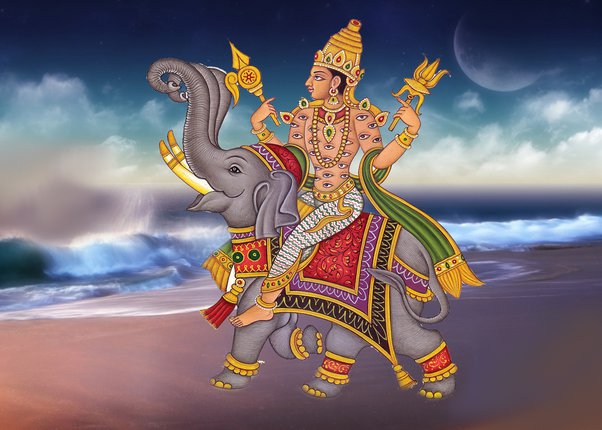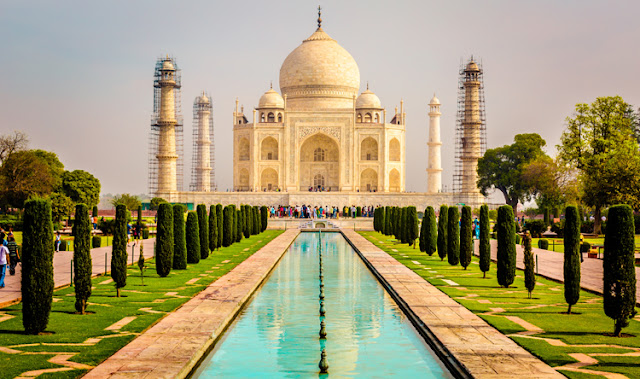Indra: The Most Powerful Vedic God

Going by the number of hymns addressed to the deities in the Vedic period, the atmospheric god Indra is the clear winner. Apart from weather god, he was also war god. Sharing several characteristics of the Greek Zeus and the Germanic Thor, Indra has been variously described as a winner (jitendra), efficient car warrior (rathestha), Shatakratu (possessing a hundred powers) and meghavahana (rider of cloud), and a Somadrinker (Somapa). Indra’s father is Dyaus (heaven). Indrani or Sachi (energy) is his wife. He destroyed the forts ( pura ) of his enemies, and was accordingly known as Purandara (the breaker of forts). He killed the evil cloud demon Vritra and therefore, is called Varitrahan (slayer of Vrita). Indra is called by the name Śakra in Buddhist scriptures. Indra is associated with thunderstorms . Like Zeus and Thor, his hand bore the thunderbolt (Vajra), which was used by him to destroy his enemies. Another interesting facet to Indra’s personality is his fondness f


